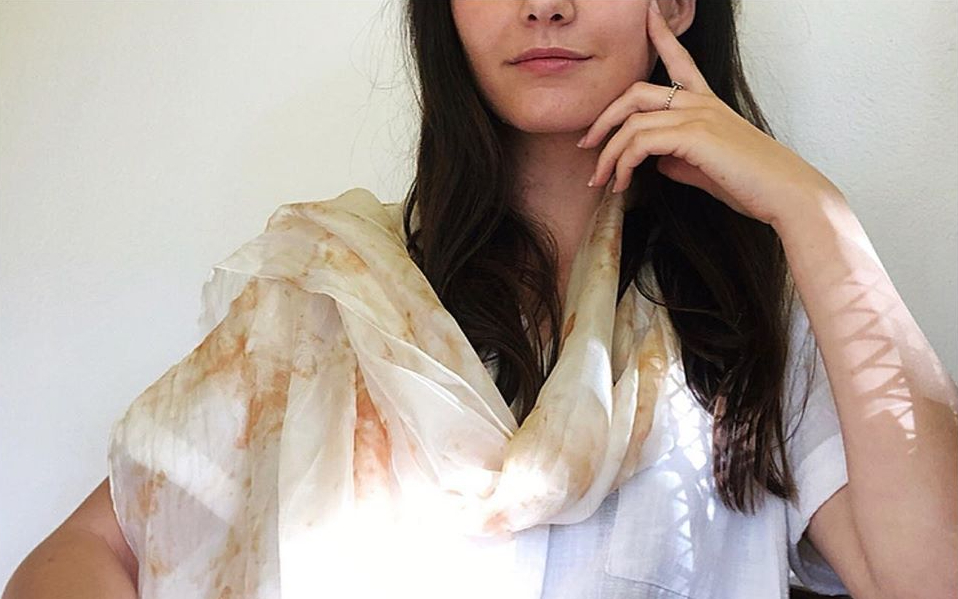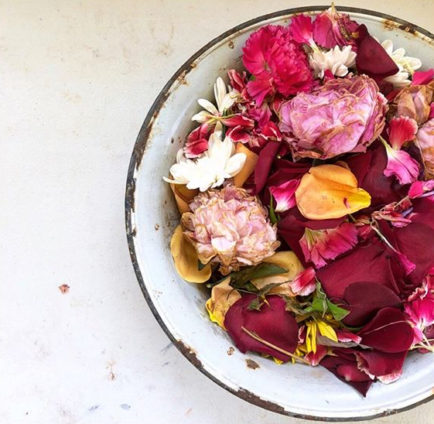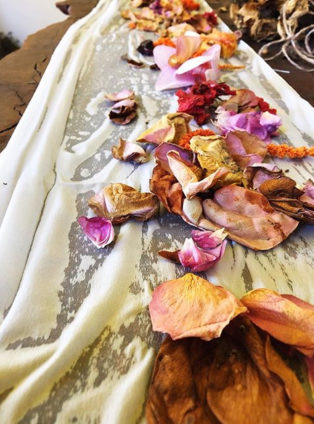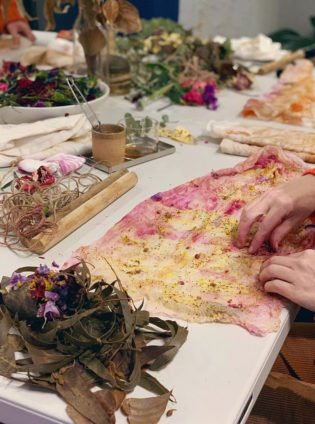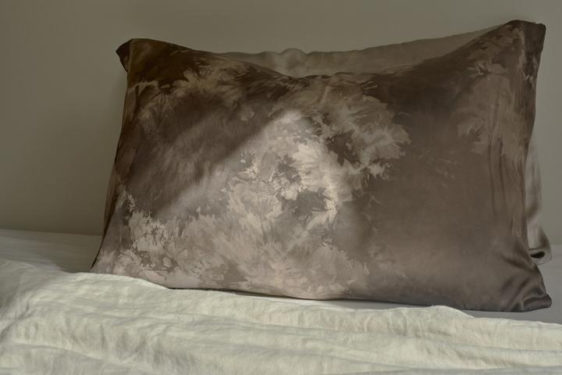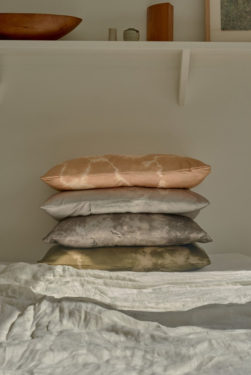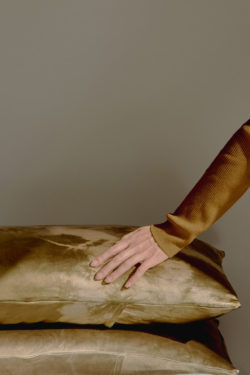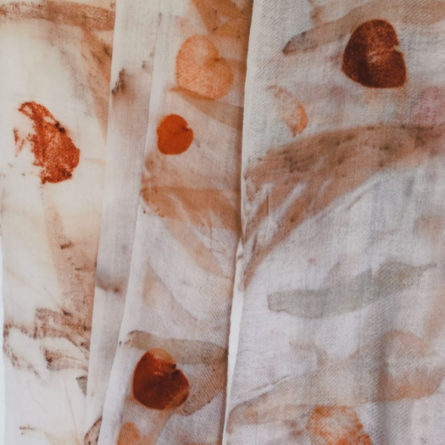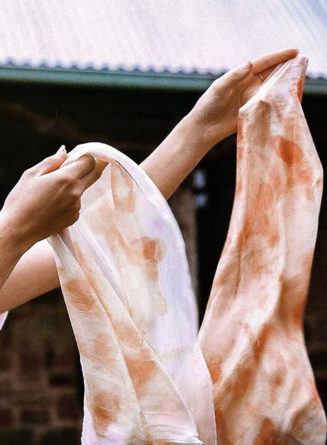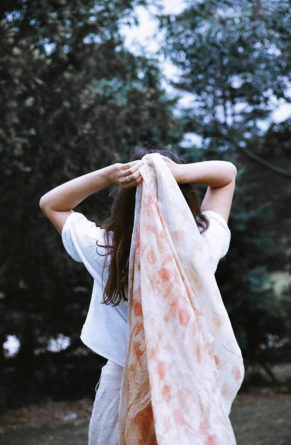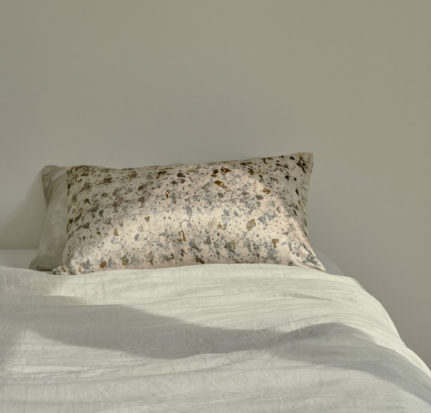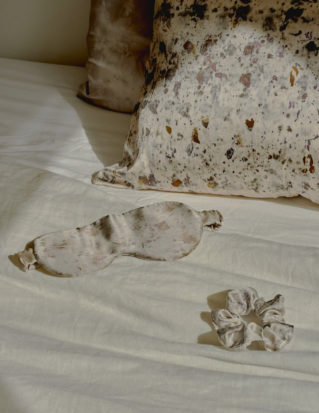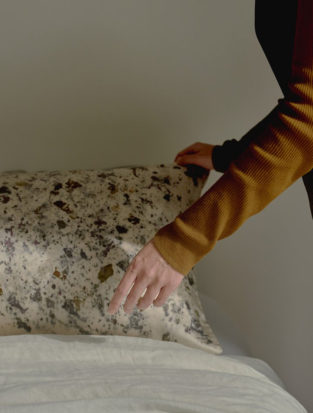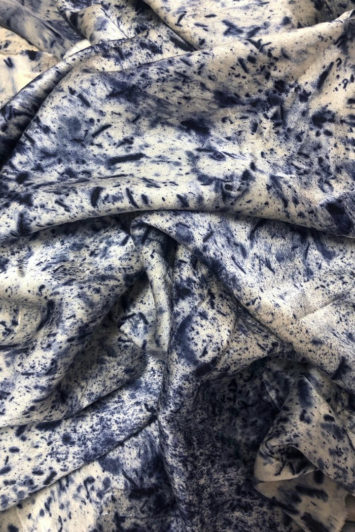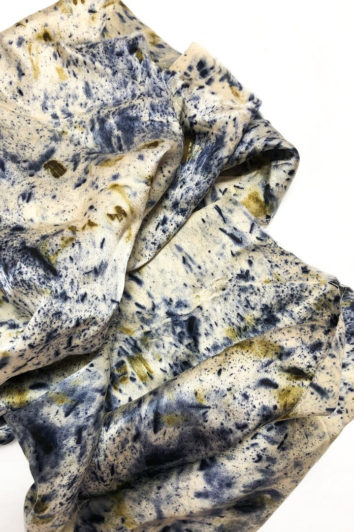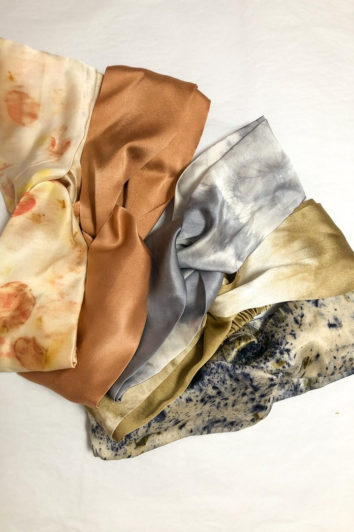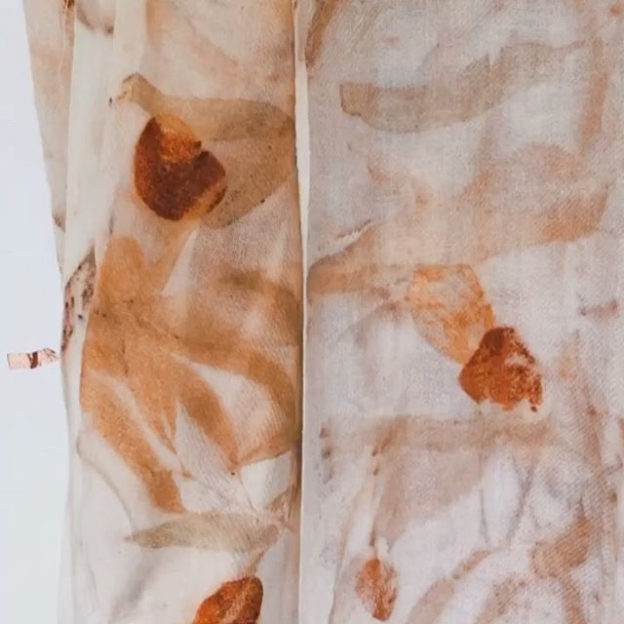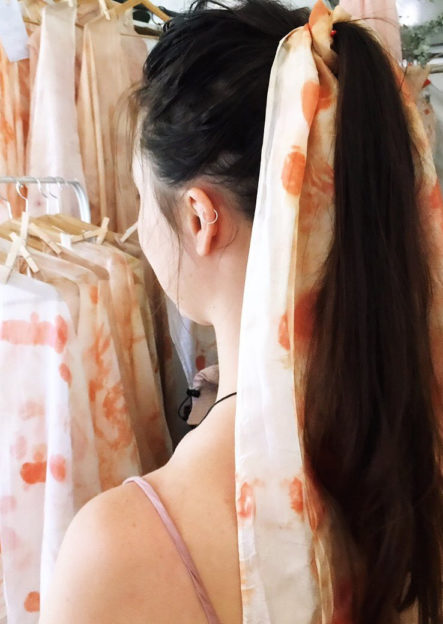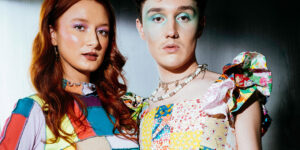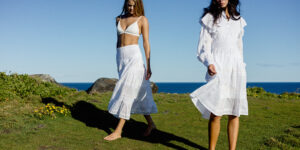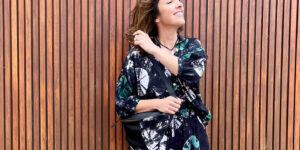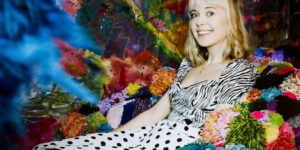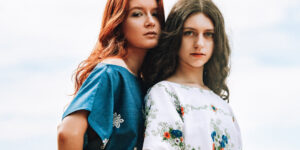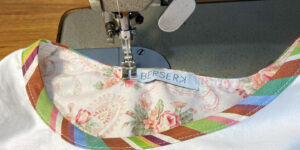by Keely Deighton
Natural dyes, have recently become very popular within the sewing and fashion community as more people are realising the importance of water pollution and the environment.
Natural dyeing is the process of using a variety of plant products to create colours on fabrics and yarns that has been around forever. There has been evidence found that this practice dates back to the Stone Age. Before synthetic dyes were introduced in the 19th century, clothes were dyed using vegetables, minerals, insects and flowers, however these dyes never produced a consistent colour.
The first synthetic dye can be traced back to 1856, discovered by British chemist William H. Perkins it was this discovery that led to the decline of natural dyes. Additional research led scientists to finding the vast range of synthetic dyes we know today. Near the end of the industrial revolution, the textile industry was growing and the demand for synthetic dyes was substantial, as they were cost-effective when compared to natural dyes.
Luxury designers such as Eileen Fisher and Stella McCartney have embraced naturally dyed fabrics as a way to be environmentally friendly. With such predominant fashion designers using this method, we are now seeing a number of fashion designers around the world working with these natural dye methods.
Here in Australia, there are a number of artists and fashion designers such as Studio Tinta and Hunter Made, using this method of natural dyeing to create their various homewares and garment fabrics.
Natural dyes are made using a variety of plant materials and minerals that are combined with heat and water. Some commonly used materials are onion skins, avocado stones and eucalyptus leaves but powdered forms of these can also be used.
Every colour is unique and is hard to replicate exactly, so the process can take up to 14 days. Animal materials such as leather, wool and silk can be used as well as cellulose fibres like cotton, linen and hemp.
So why has natural dyeing become so popular lately? One of the reasons is because more people have realised that dyeing and printing fabric has been shown to have a significant impact on the environment.
According to Clothing and Textile specialist Professor Rita Kant, the textile industry is one of the most chemically intensive industries on the earth and is the second largest polluter of clean water.
It has been estimated that the daily water consumption of an average textile mill is around 1.6 million litres for every 8000kg of fabric and a World Bank 2019 report states that fabric dyeing contributes to one-fifth of global water pollution. All this is why more people have been returning to the historical practice of using natural dyes, as they have a lesser impact on the environment.
Studio Tinta
With a focus on strong ethics as well as environmental impact, Studio Tinta is creating luxurious homewares such as pillowcases, scrunchies and eye-masks made from all natural fibres such as hemp, silk and linen.
Owner Kate Wilkins makes these products from her studio in Newcastle, NSW with each unique colour being made from fresh and dried plant materials. All dyes used are compostable at their end of life and to lessen water waste all dye baths are reused and all textiles are hand washed. “Tinta textiles highlight the beauty and versatility of our renewable natural resources.” states Wilkins on her website.
Hunter Made
Textile artist Phoebe Hunter has developed a zero-waste brand centred around sustainability, by using leaves, flowers, charcoal, raw pigments and wood to create bespoke fabric for wraps and scarves. Hunter also offers sustainable events and workshops specialising in botanical dyeing, flower painting and floral arrangements.
To combat waste, Hunter Made offers a flower recycling program, once the flowers have met their end of life they can be sent to the brand for a voucher in return. Using the zero-waste method of creating, Hunter avoids waste through her process by reusing the flowers sent in through her recycling program. “HunterMade works with slow living, minimalism, sustainability and buying with intention and necessity” states Hunter on her website.
Want to learn more about how to use natural dye at home?
Ellie from PetalPlum offers a range of workshops and online courses in natural and botanical dyeing as well as selling already dyed fabrics. Find Ellie at petalplum.com.au and on Instagram @PetalPlum
Seamwork Magazine has a blog post with everything a beginner needs to know An Introduction to Natural Dyeing
The Love To Sew podcast has dedicated a whole episode to discussing various methods of dyeing Episode 136: Fabric Dyeing – Love To Sew Podcast
Kristin Vejar studied natural dyes for many years and has written the book The Modern Natural Dyer that includes everything you need to know about dyeing natural fibres, and it includes 20 different projects to try using your new found skills.

